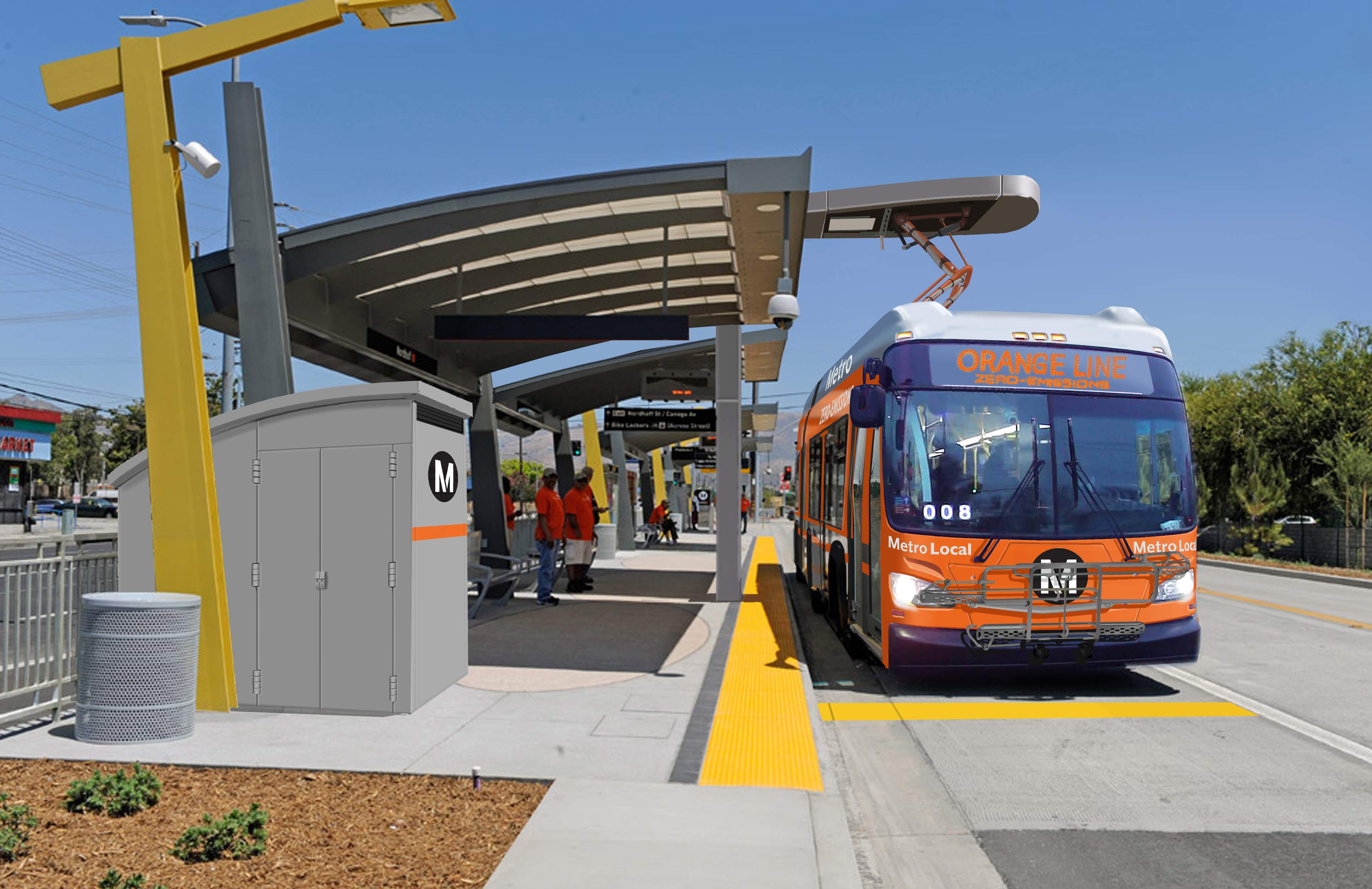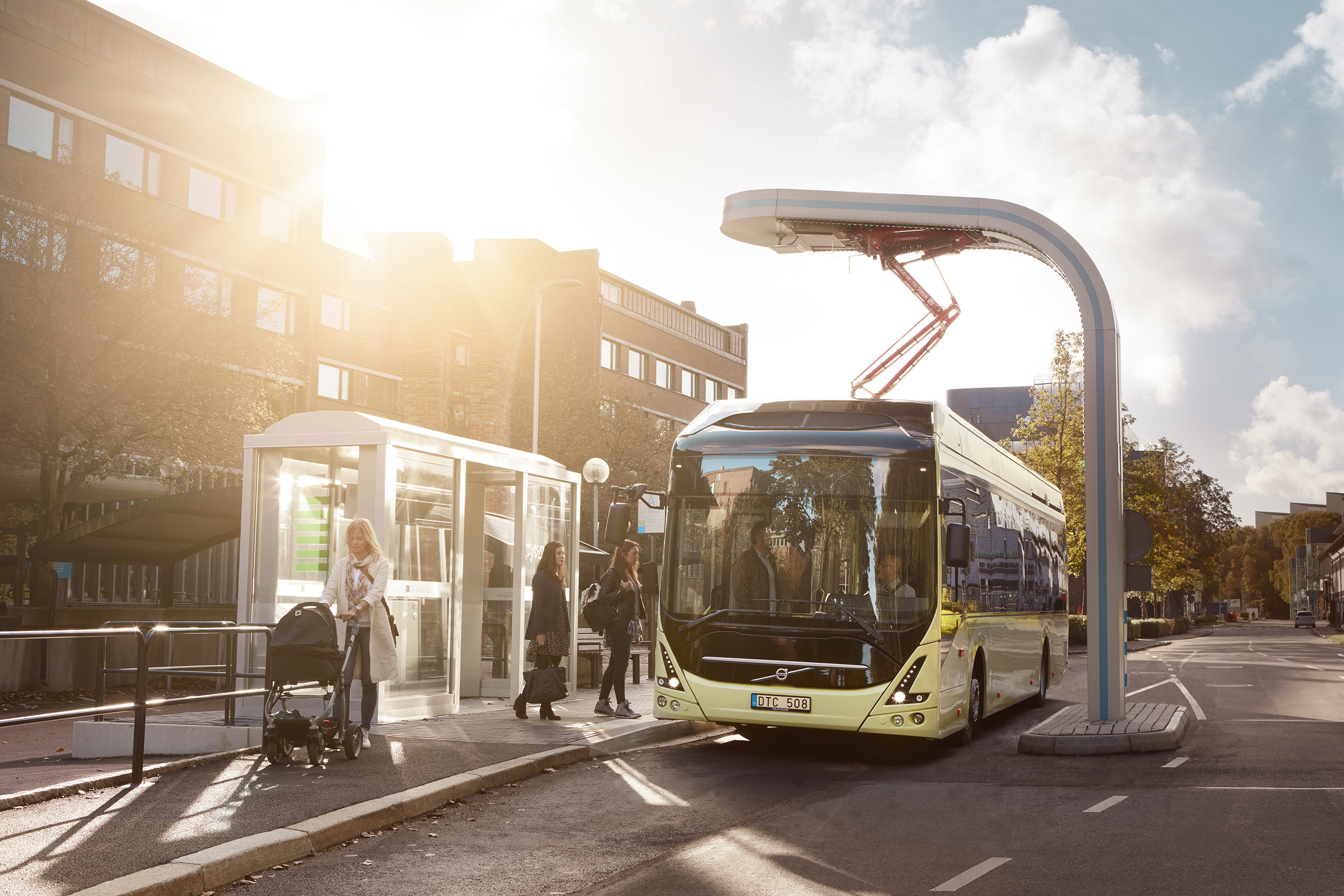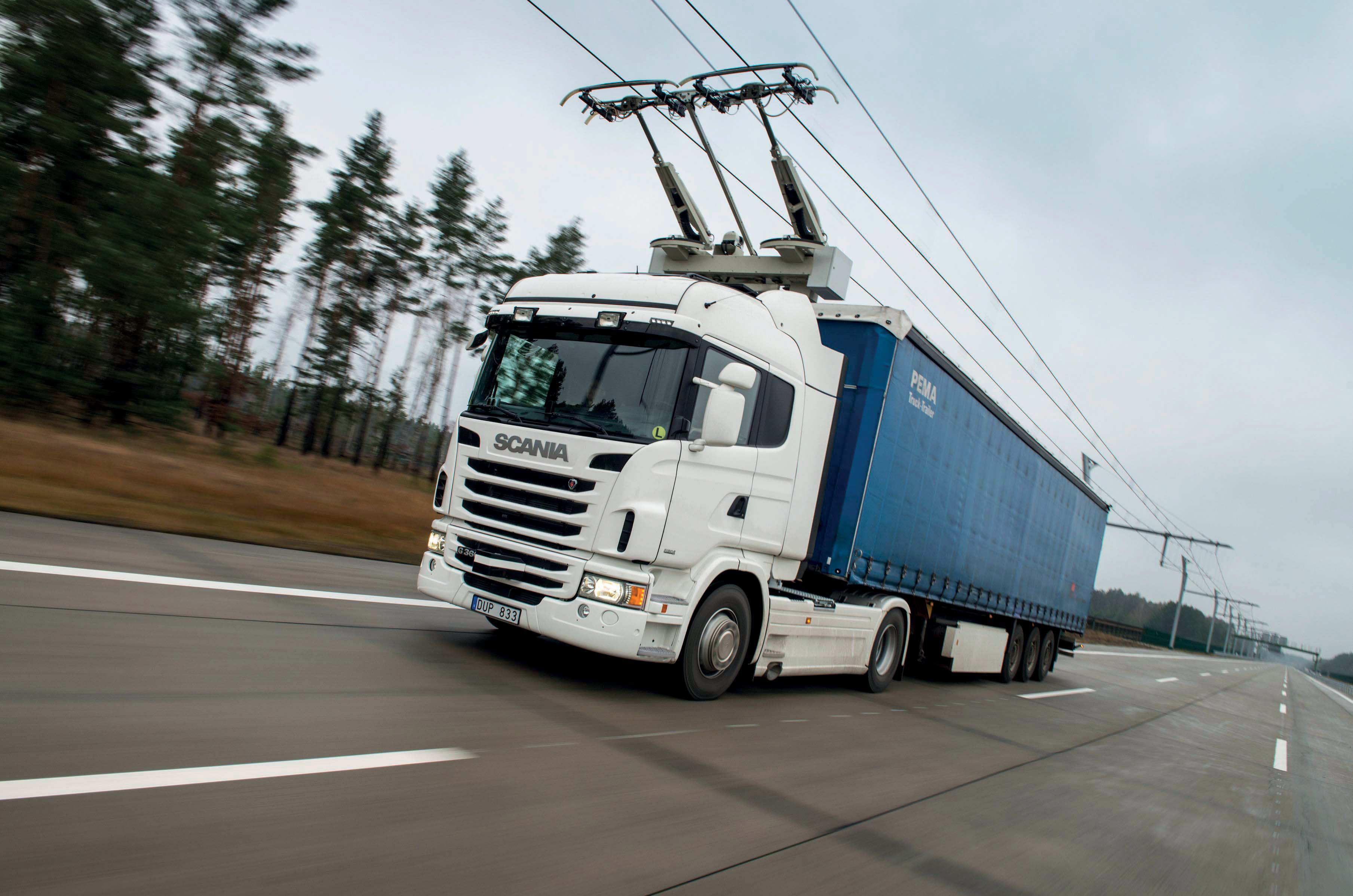
Alan Dron looks at changes in bus propulsion as cities look to improve air quality and seek to reduce maintenance costs.
Despite the ending of various incentives to adopt alternative fuels, the introduction of electric buses by US transit authorities is picking up speed as performance improves, costs drop and air quality considerations become increasingly significant.
More US bus manufacturers are introducing zero-emission models and some recent contracts will see many more passengers getting their first taste of pollution-free public transport over the next couple of years.
The number of electrically-powered buses is still minuscule in the overall fleet of transit authority vehicles in the US “but it’s something that’s definitely growing,” says Jeff Hiott, director of operations & standards with the American Public Transportation Association (
“It’s not going to overtake compressed natural gas (CNG) or diesel bus numbers in the next year, but there’s a very large focus for manufacturers looking at battery-electric buses and deploying those vehicles.”
APTA statistics show that, in 2016, electric battery buses accounted for a miserly 0.2% of transit authority buses in the US, with just 87 in service across the US at that point.
However, says Hiott, “There are over 200 in operation in the US and growing” as an increasing number of agencies start to field examples. “There’s a lot operating on pilot programmes, but others have deployed them in service, for example, around 30 in Denver and 22 in Indianapolis. Those are the largest fleets actually in service.”
Those numbers will start to rise rapidly as recent contracts are transformed into vehicles on the highways.
This is despite the ending of the Alternative Fuels Tax Credit, which lapsed in the final few days of the Obama administration when the US Congress did not advance legislation to continue it.
There are several means by which funding for low or no-emissions vehicles are still available, via the Fixing America’s Surface Transportation (FAST) Act, passed in December 2015. This renamed the Federal Transit Administration’s research programme as the Public Transportation Innovation Program and authorised it to fund demonstration, deployment and evaluation research projects. The research programme features a Low- and No-Emission Vehicle component testing programme funded at $3 million a year.
Factors playing a part in transit authorities’ willingness to go down the electric bus route include the vehicles’ improved performance and falling costs.
Advancing battery technology means that electric buses can now achieve 200-300 miles on a single charge – enough for a full day’s work not only in urban environments but on longer suburban or rural routes. That gives them a greater flexibility that appeals to transit authorities.
And whereas at the start of the decade an electric bus had a price tag of $1.2 million, that has now reduced to around $725,000. “It has come down significantly and it will drop further,” says Hiott. “It’s now approaching a cost that’s pretty similar to diesel, CNG and hybrid diesel-electric buses.”
One authority convinced of electric buses’ merits is Los Angeles County Metropolitan Transportation Authority (Metro), which has adopted plans to move its entire bus fleet to zero-emissions models by 2030.
That aim is contingent on continued improvements in electric bus technology – range, reduction in battery charging times and an increase in battery life cycles – as well as further reductions in price.
But it made a major statement of intent in August by announcing orders totalling $108 million for 105 electric buses. These will replace CNG models as they reach retirement age. “Once they arrive, about 5% will be zero-emission,” John Drayton, Metro’s director of vehicle technology, told ITS International.
For Metro’s Orange Line, the buses will be recharged via Siemens 450kw overhead chargers while on Silver Line, Drayton says wave inductive 250kw chargers will be the preferred method. The authority is also looking at how it might add other electric vehicle infrastructure, such as charging points for cars, through a separate contract.
Further up the US West Coast, King County, Washington State, which covers Seattle, also has a long-term plan to convert its bus fleet to battery-electric power. Currently, just three vehicles are powered by this method, although a further 174 are trolley buses, powered by overhead wires with battery back-up. Even combined they only constitute about 12% of the total fleet and the aim is to move to all battery-electric by 2034.
“The initial costs for a battery bus can be higher, but we expect over time overall costs will come down,” said Jeff Switzer, spokesman for King County Department of Transportation.
“We estimate through-life costs (capital and operations) are 2% to 6% higher [than diesel], but the information is still developing. If you factor the benefits of reduced pollution and reduced noise, the costs are on the +2% end. Battery buses have far fewer moving parts to maintain and replace, so we anticipate lower maintenance costs.”
Passenger and community feedback about the electric vehicles “has been overwhelmingly positive” and any reduction in governmental funding would not change the county’s plans to move ahead with electric buses.
If federal transit funding is reduced in future, Switzer added, “we would look at available state and local tax resources that could potentially be used”.
Across the country, Southeastern Pennsylvania Transportation Authority (SEPTA) operates 38 electrically-powered ‘trackless trolley coaches’ that operate using overhead wires, with a small diesel engine to enable them to continue operation if detoured from their normal routes.
It has also invested in almost 750 hybrid electric buses that halve NOx emissions. While a transition to battery-electric buses would fully eliminate NOx emissions, SEPTA says much greater air quality improvements could be made through a mode shift from private cars to transit use. Analysis by Philadelphia’s Health Department during a six-day transit service strike in November 2016 found air pollution was four times worse than normal during the interruption, demonstrating the air quality benefits of increased transit use irrespective of the emissions from the vehicles themselves.
SEPTA’s Sustainability Program is based on the principle of budget neutrality, meaning that environmentally-focused projects such as low/zero-emissions vehicle procurements must stand on their own financial merit through savings, revenues, or grant funding. With SEPTA’s battery-electric bus pilot scheme, under which 25 Proterra Catalyst vehicles will be delivered this autumn, a federal grant paid for the additional cost of the battery electric bus technology vis-à-vis hybrid-electric bus technology. In the future, even with declining financial incentives from government, SEPTA anticipates battery-electric bus technology will be price-competitive with hybrid-electric. However, additional grant funding may be required to support infrastructure modifications, such as new substations, to accommodate the new fleet.
In general, electric buses improve air quality via two linked routes. As well as their intrinsic zero-emission quality, their novelty value attracts new riders who are curious to try them. “Just getting people out of their cars is one way that’s helping air quality, but zero emissions is really going to help improve the climate in a lot of cities,” said APTA’s Hiott.
South America
In 2015, nine major South American cities were among 23 global conurbations in the C40 Cities ‘climate leadership group’ that signed a declaration of intent to move to low- or zero-emission buses as a means of improving urban air quality. While many were already testing or deploying such vehicles, the group urged bus manufacturers, transit authorities and funding institutions to back their efforts. South America is showing growing interest in electric buses – so much so that China-based electric bus manufacturer
BYD also announced in January this year that it intends to build a manufacturing plant in Argentina after that country’s government placed an order for 50 of the company’s buses for a zero-emission public transport pilot programme.
São Paulo, Brazil, was the first South American city to trial electric buses back in 2014 and Brazilian bus manufacturer Eletra also produces an E-bus powered by 14 batteries with a 200km range and a three-hour recharge time.
In June, São Paulo’s Municipal Transportation Department re-launched bidding to renew the operating contracts of the nearly 15,000 city buses, with a call for operators to move towards a mix of renewable and non-polluting fuels in their vehicles.
Tenders will have to meet as yet unspecified reduction targets for CO2, NOx and particulate matter.
In Peru, meanwhile, a Transportation Electrification Project plans to introduce an electric bus into Lima’s municipal transit system. The country’s transport ministry and Lima’s transport authority will use data from the pilot as the standard for new electric vehicle programmes.









